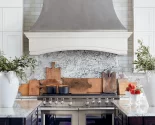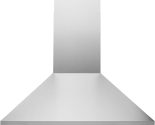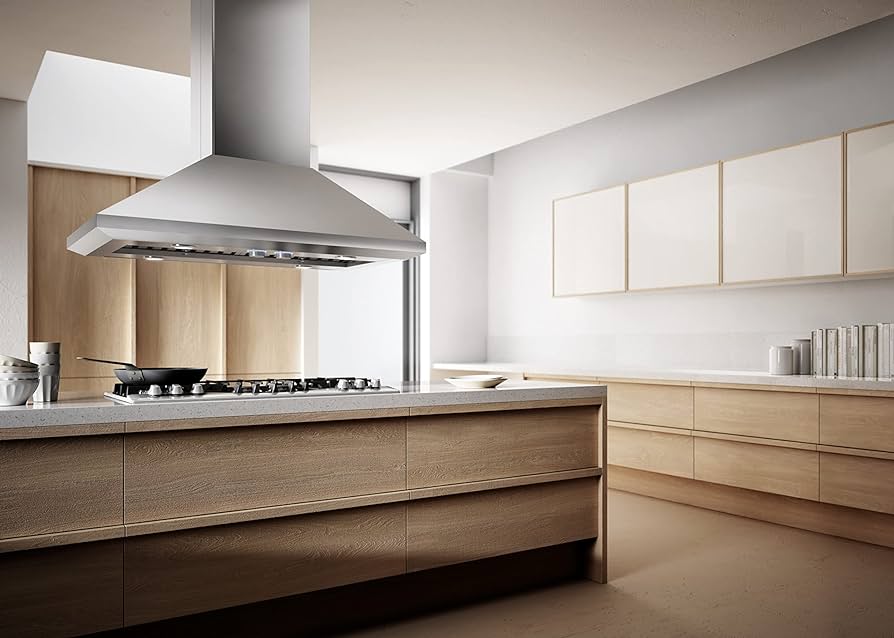
What Should Be the Range Hood Height Above an Electric Stove?
Introduction:
The importance of installing a range hood at the correct height above an electric stove cannot be overstated. This comprehensive guide explores the ideal range hood height, factors affecting installation, types of range hoods, benefits of proper placement, installation guidelines, maintenance, and answers to frequently asked questions. Understanding these elements ensures an efficient and effective kitchen ventilation system.
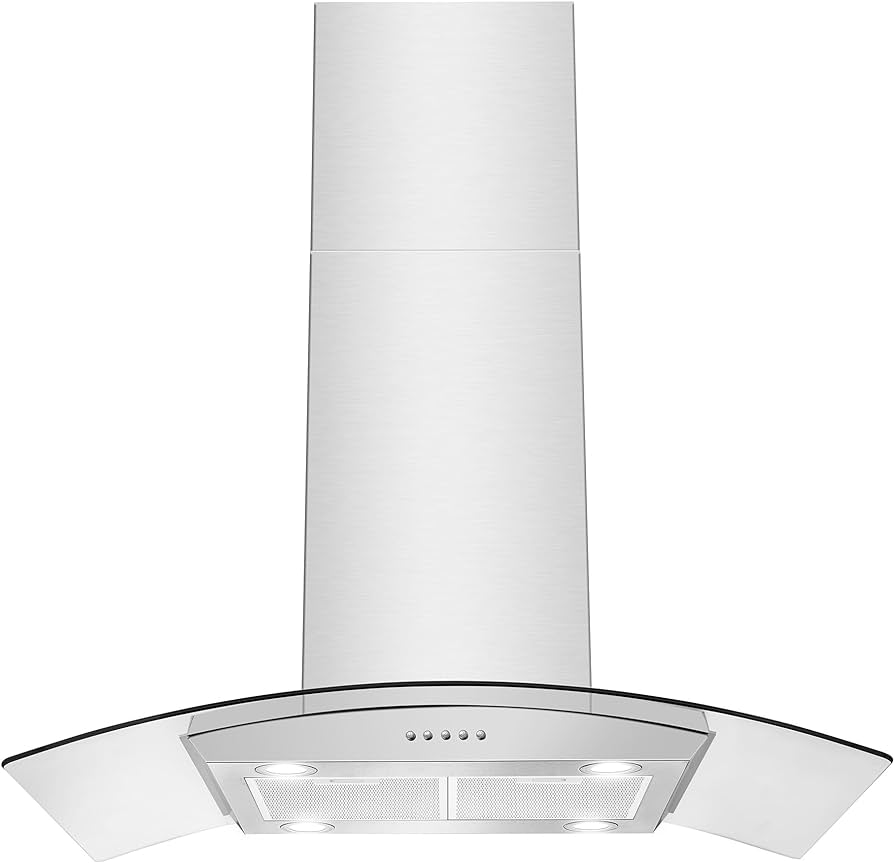
What Should Be the Range Hood Height Above an Electric Stove?
Understanding Range Hood Height Requirements
Proper range hood height is essential for optimal performance, ensuring efficient ventilation, safety, and convenience in the kitchen. The correct height allows the range hood to capture and remove cooking fumes, smoke, steam, and odors effectively.
Standard Height Recommendations: The general recommendation for range hood height above an electric stove is between 24 and 32 inches. This range provides a balance between efficiency and safety, ensuring the hood effectively captures cooking emissions without being too obtrusive.
Safety Considerations: Installing the range hood too low can pose safety risks, including potential fire hazards, due to proximity to heating elements. Conversely, installing it too high reduces its efficiency in capturing smoke and fumes, leading to poor ventilation.
Manufacturer Guidelines: Always refer to the specific guidelines provided by the range hood manufacturer. These guidelines are based on the design and performance capabilities of the unit, ensuring optimal operation.
Factors Affecting Range Hood Height
Several factors influence the determination of the appropriate range hood height above an electric stove. Understanding these factors helps in making an informed decision during installation.
Type and Power of Range Hood: The type and power (measured in cubic feet per minute or CFM) of the range hood affect its installation height. More powerful hoods can be installed higher while maintaining effectiveness, whereas less powerful units might need to be positioned closer to the stovetop.
Kitchen Layout and Design: The overall design and layout of the kitchen play a role in determining the range hood height. Factors such as ceiling height, cabinet placement, and the location of the electric stove impact where the hood should be installed.
Cooking Habits: Your cooking habits also influence the ideal height. If you frequently cook meals that produce a lot of smoke, steam, or strong odors, positioning the hood at the lower end of the recommended height range can enhance ventilation efficiency.
Personal Preferences: Personal preferences regarding the hood’s visibility and ease of use can also dictate its height. Some homeowners prefer a higher placement for aesthetic reasons, provided it doesn’t compromise functionality.
Ventilation Ductwork: The routing and length of the ventilation ductwork can affect the performance of the range hood. Ensuring a direct and short path to the exterior minimizes airflow resistance and supports a higher hood installation if needed.
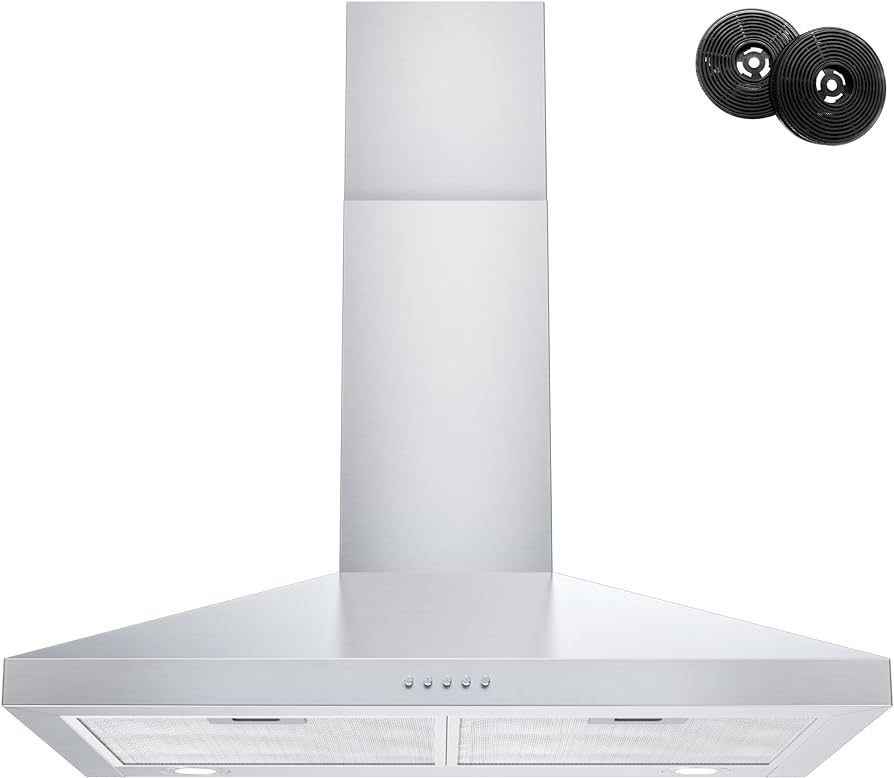
Types of Range Hoods and Their Height Considerations
Different types of range hoods have varying height requirements based on their design and functionality. Knowing these differences helps in selecting the right one for your kitchen.
Under-Cabinet Range Hoods: Under-cabinet range hoods are installed beneath kitchen cabinets and typically follow standard height guidelines of 24 to 32 inches above the electric stove. These hoods are compact and blend seamlessly with cabinetry.
Wall-Mounted Range Hoods: Wall-mounted range hoods are fixed to the wall above the stove and often feature a chimney design. They generally adhere to the same 24 to 32-inch height range, but powerful models might be installed slightly higher.
Island Range Hoods: Island range hoods are installed above cooktops located on kitchen islands. These hoods must cover a broader area due to the lack of walls around the cooktop. The height recommendation for island hoods is also 24 to 32 inches, ensuring adequate coverage.
Downdraft Range Hoods: Downdraft range hoods are installed below the cooktop and rise when needed. These hoods don’t follow standard height guidelines as they pull fumes downward. They are ideal for kitchens with ceiling clearance limitations.
Ceiling-Mounted Range Hoods: Ceiling-mounted range hoods are less common and are designed to blend with the ceiling. These hoods may need to be installed higher than 32 inches but require powerful motors (high CFM) to compensate for the increased distance.
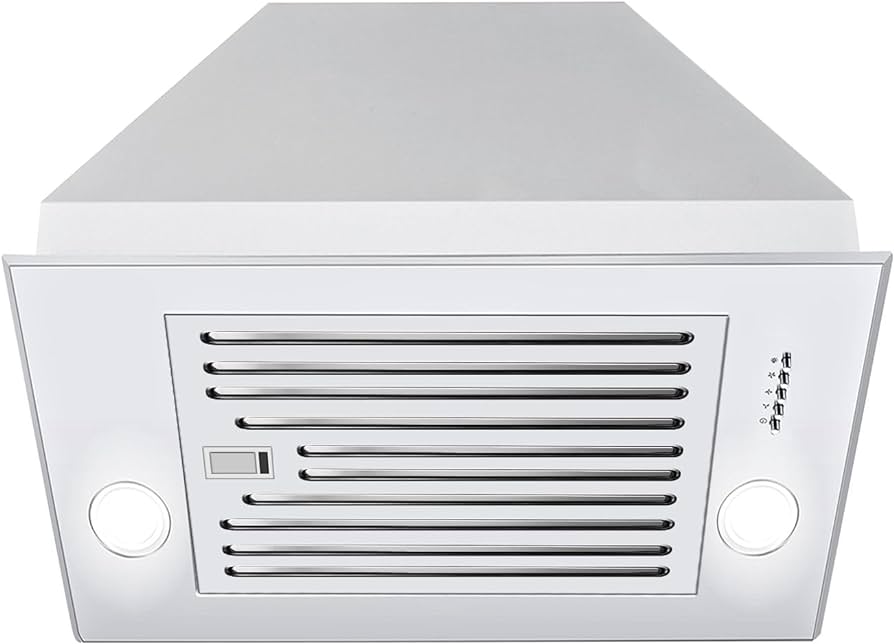
Benefits of Proper Range Hood Installation Height
Installing a range hood at the correct height offers numerous benefits, enhancing the kitchen environment and overall cooking experience.
Effective Ventilation: Proper height ensures the range hood can effectively capture and expel smoke, steam, odors, and grease particles. This leads to a cleaner, healthier cooking environment and prevents the build-up of contaminants.
Improved Air Quality: Efficient range hood operation improves indoor air quality by removing harmful pollutants, allergens, and excess heat. This is particularly beneficial for individuals with respiratory conditions or allergies.
Enhanced Safety: Correct placement minimizes fire hazards and heat exposure to the range hood. It also prevents accidental contact with the hood’s edges while cooking, enhancing kitchen safety.
Preventing Grease Build-Up: An optimally positioned range hood reduces grease build-up on kitchen surfaces, cabinets, and the hood itself. This makes cleaning easier and maintains a hygienic kitchen environment.
Aesthetic Appeal: A well-installed range hood complements the kitchen’s design and aesthetics. Proper height placement ensures the hood looks balanced and integrated with other kitchen elements.
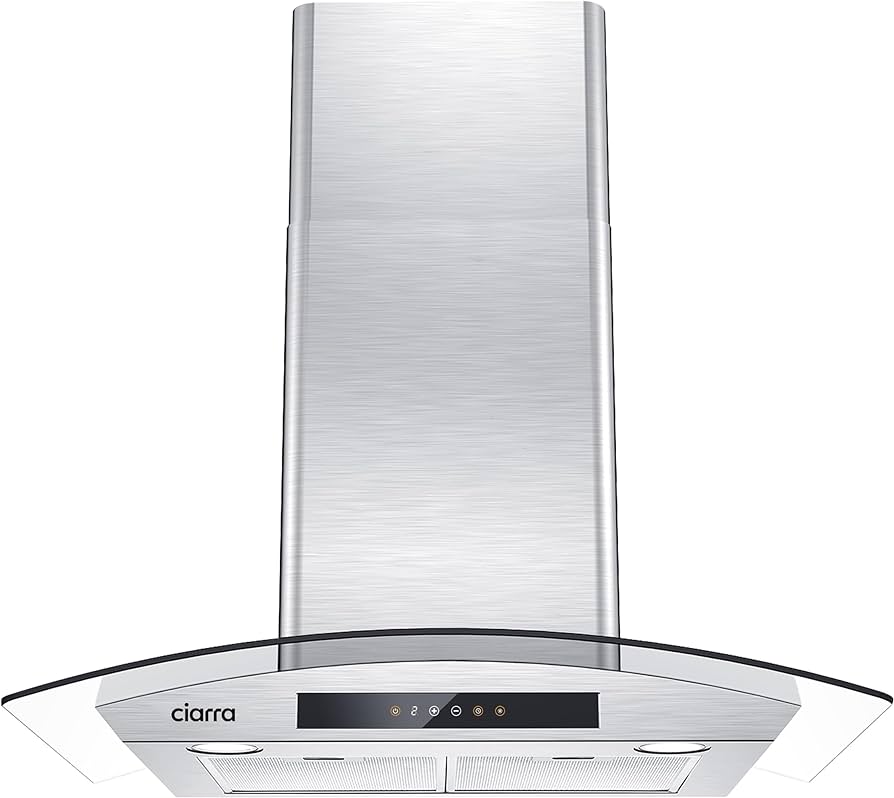
Installation Guidelines for Range Hoods
Following installation guidelines ensures your range hood performs efficiently and safely. Here’s a detailed approach to installing a range hood above an electric stove.
Measure and Mark: Measure the recommended height (24-32 inches) from the stovetop to where the bottom of the range hood will be positioned. Mark this height on the wall or cabinet to serve as a reference during installation.
Check Electrical Connections: Ensure the electrical connections are in place and compatible with the range hood’s requirements. If necessary, hire a licensed electrician to install or modify electrical wiring.
Secure Mounting Brackets: For wall-mounted or under-cabinet hoods, secure the brackets to the wall or cabinetry as per the manufacturer’s instructions. Use appropriate hardware and anchors to ensure a stable installation.
Attach the Range Hood: Mount the range hood onto the secured brackets, ensuring it’s firmly in place. Follow the manufacturer’s instructions for attaching the hood, including any additional support or screws needed.
Connect Ventilation: Attach the ductwork to the range hood’s vent outlet, ensuring a secure and airtight connection. Run the ductwork to the exterior vent, minimizing bends and turns to optimize airflow.
Test and Adjust: Once installed, test the range hood to ensure it’s functioning correctly. Check for proper airflow and any vibrations or noises during operation. Make adjustments as needed to ensure smooth performance.
Maintenance Tips for Range Hoods
Regular maintenance of your range hood ensures it continues to operate efficiently and extends its lifespan. Here are essential maintenance practices to keep your range hood in top condition.
Clean the Filters: Clean or replace the range hood filters regularly, following the manufacturer’s recommendations. Grease and charcoal filters can become clogged and reduce the hood’s efficiency. Dishwasher-safe filters should be cleaned weekly, while charcoal filters need replacement every few months.
Wipe Down Surfaces: Regularly wipe down the exterior and interior surfaces of the range hood with a mild detergent and warm water. Removing grease and grime prevents build-up and maintains the hood’s appearance.
Inspect and Clean the Ventilation Ducts: Periodically inspect and clean the ventilation ducts to prevent blockages and ensure smooth airflow. Accumulated grease and debris can impair the hood’s performance and pose a fire hazard.
Check Fan and Motor: Inspect the fan and motor for any signs of wear or damage. Lubricate moving parts if required and ensure the fan blades are clean. Address any unusual noises or vibrations promptly.
Test the Lights: Test the range hood’s lights regularly and replace any burnt-out bulbs. Proper lighting enhances visibility while cooking and contributes to a safer kitchen environment.
Professional Service: Schedule professional maintenance and service for your range hood annually. Professional technicians can thoroughly inspect and clean components, ensuring optimal operation and identifying any potential issues.
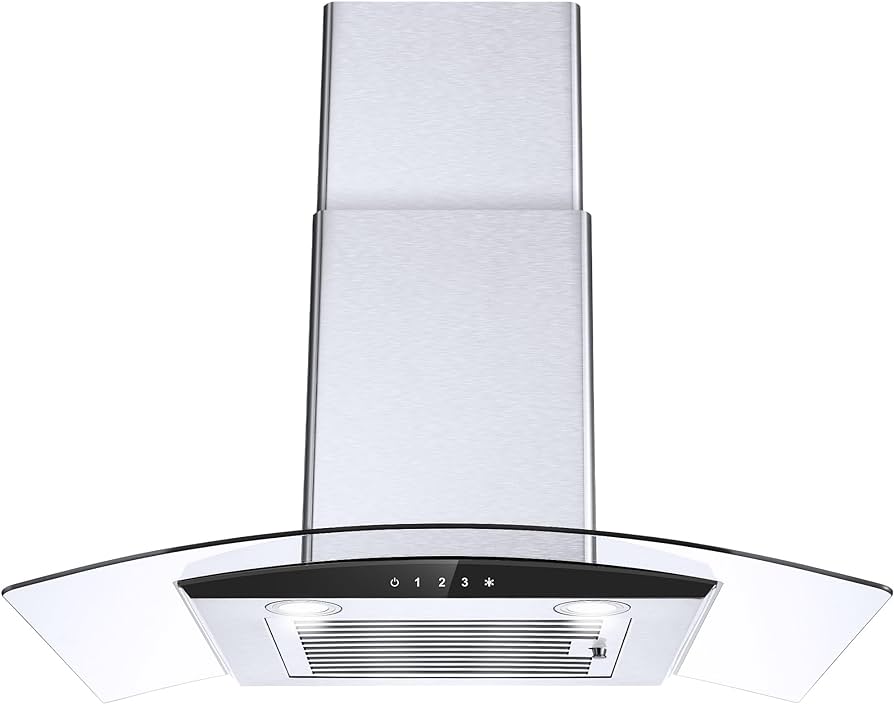
Conclusion
Determining the correct range hood height above an electric stove involves understanding standard recommendations, considering various factors, and following installation guidelines. Proper placement ensures efficient ventilation, improved air quality, safety, and enhanced kitchen aesthetics. By adhering to the insights provided in this comprehensive guide, you can achieve optimal performance from your range hood, maintain a healthy kitchen environment, and enjoy a better cooking experience. Regular maintenance and addressing common questions further support the longevity and effectiveness of your range hood.





